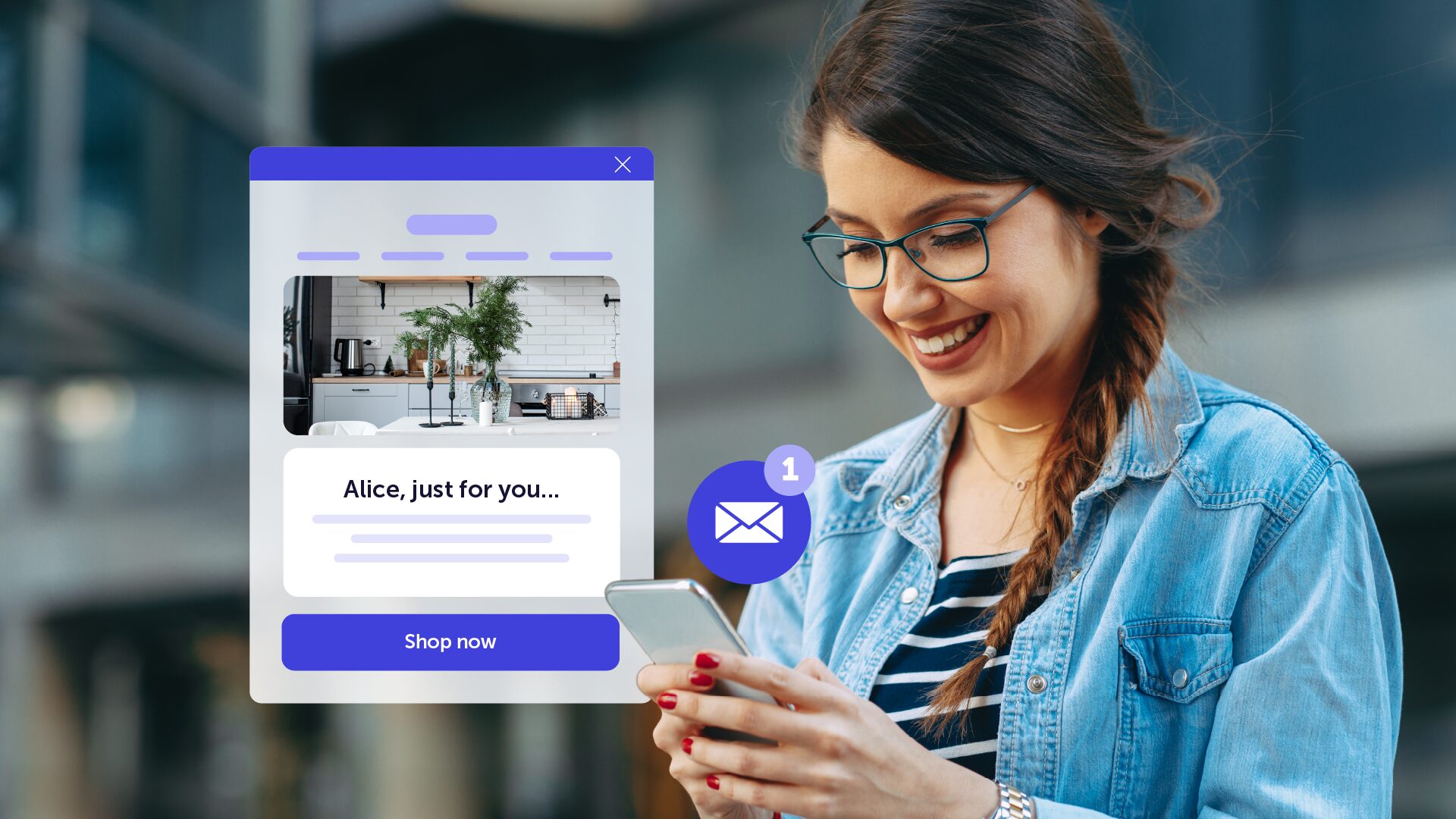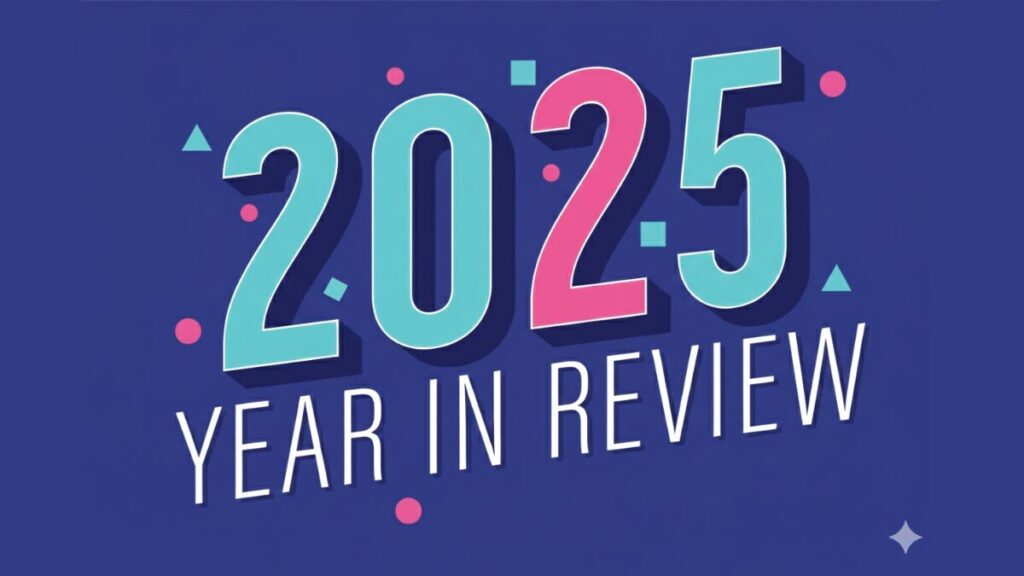What is Electronic Direct Mail (EDM) marketing?

“The times change, and if you don’t change with them, you get left behind.”
– Bradley Walsh
That quote still rings true. The way we connect with customers has evolved dramatically, but email continues to prove its staying power. Every day, billions of emails land in inboxes and despite the rise of new marketing channels, email remains the most effective way to build relationships and drive sales.
So what makes electronic direct mail (EDM) different from regular email marketing? And why should it still be a key part of your digital strategy? Let’s take a closer look at how EDM marketing works and how it can help you deliver more personalized, automated, and impactful campaigns.
So, what is Electronic Direct Mail marketing?
Electronic Direct Mail (EDM) is a form of digital marketing strategy that businesses implement to promote products to a list of potential customers (who are opted-in) via email.
While EDM shares some similarities with traditional email marketing, it goes further in terms of automation, segmentation, and delivering personalized campaigns. If you want a deeper dive into how EDM differs from standard email marketing, check out our guide on EDM vs. email marketing.
Did you know?
Traditionally EDM marketing is associated with terms like ‘batch and blast’. This would involve sending one email out to your entire database, with no regard for individual customer preferences, interest or demographics. Please don’t do this!
Batch and blast most definitely falls into the ‘bad practice’ category when it comes to email marketing and can have negative impact on your overall sender reputation, which can be very hard to recover from.
By using a secure and reputable email platform, like Dotdigital, you can easily personalize all emails at scale to make them effective for you and relevant for your customers.
How EDM campaigns work
A typical EDM campaign follows a structured flow:
- Audience segmentation: Group subscribers based on demographics, behavior, or engagement history
- Message design: Craft content tailored to each segment
- Automation setup: Use tools to schedule and trigger campaigns
- Send and monitor: Deliver emails and monitor performance metrics
- Optimization: Adjust campaigns based on results for better engagement
How to create an EDM marketing campaign?
EDM marketing campaigns are a cost-effective way to improve conversions and build brand loyalty. With consistent messaging, your EDM campaign is more likely to be top of mind for a customer while they make a purchase decision. Let’s take you through the basics of creating an EDM marketing campaign.
1. Start with your customers’ data
Building a high-performing EDM campaign starts with clean, opted-in customer data. Avoid the temptation to buy lists. Not only can this damage your brand’s reputation, it violates data privacy laws (GDPR, PDPA) and sending to inactive addresses can harm your domain’s deliverability.

Instead, you want to ensure your list is:
- Fully opted-in: every subscriber has explicitly agreed to receive your communications
- Clean and deduplicated: remove invalid or duplicate emails
- Sizable enough: aim for a baseline audience of at least 1,000 subscribers before launching campaigns for meaningful results
If you need help growing your database safely and quickly, see our guide on building an email list.
2. Segment your audience
Once the data is collected and based on your customer behavioral traits, identify the segments you need to build. These should then be funneled into your core demographic audience groups based on age, gender, interest, or location.
For example, customers who spent a certain amount over six months, or recently made a purchase, or have visited your site to look at particular products.
You can then begin planning and building out more advanced segments to ensure you’re sending targeted and relevant messages. These can be based on:
- RFM analysis tools: target customers based on recency, frequency, and monetary value
- Lead scoring: prioritize subscribers most likely to convert
- Web behavior tracking: segment users based on actions taken on your website, such as page visits, product views, or downloads
By knowing what segments you can and want to target, you can better plan your messaging and the channels you’ll send them through.
3. Personalize your emails
Personalization relies on understanding your customers’ preferences, past behavior, and engagement history. It makes your subscribers feel valued, increasing engagement and long-term loyalty. The more tailored the experience, the higher your engagement.

Examples of personalization include:
- Behavior-based offers: send a special code to a loyal customer who frequently buys tech gadgets
- Dynamic content blocks: show different products or articles based on subscriber interests
- Personalized subject lines: incorporate first names, recent purchases, or browsing history
4. Plan your campaign
Before creating your emails, you’ll need to plan the overall campaign. Planning ensures consistency and aligns your EDM campaign with business goals.
Here’s some things to consider:
- Define your objectives: awareness, engagement, retention, or sales
- Map out the journey: determine how many emails, the timing of sends, and triggers for next steps
- Decide on automation workflows: welcome series, abandoned cart, post-purchase follow-ups
5. Create your campaign
Use an email marketing platform to build your campaigns. Modern platforms often feature drag-and-drop editors, responsive templates, and no-code automation, allowing you to create polished emails and entire customer journeys quickly. Investing in the right tools and design upfront will maximize the impact and ROI of your campaigns.
Here’s some things to consider:
- Design for mobile-first: most subscribers check emails on mobile devices
- Include clear CTAs: tell readers exactly what you want them to do next
- Use visual hierarchy: headings, images, and buttons should guide the reader naturally
- Integrate tracking pixels and UTM codes for analytics
6. Test and track your performance
Testing is critical to understanding what resonates with your audience. With privacy updates becoming more frequent and nuanced, open rates may be partially masked. Focus on click-through rates, conversions, and other engagement metrics to assess campaign success:
- A/B testing: compare subject lines, content, imagery, or send times to see which performs best
- Open & click tracking: measure engagement and optimize future campaigns
7. Customer-centric approach
Customer-centric marketing is more than just a buzzword. It should be at the heart of everything you do, every journey you create, and every message you send.
Think about your key touch points from sign-up to post-purchase and beyond. This will help you identify your existing channels and where you need to focus your efforts. It will also help you see any potential gaps for expanding your channel offering.
By taking the time to learn about the customer journey, you’ll create consistent messaging and branding across every channel.
Wrapping up: why EDM marketing is your next smart move
EDM marketing is more than just another buzzword; it’s a strategic approach that transforms how you connect with your audience. By moving beyond generic email blasts and embracing personalized, data-driven campaigns, you can foster deeper relationships and drive meaningful actions.
Whether you’re nurturing leads or re-engaging loyal customers, EDM marketing empowers you to speak directly to your audience’s needs and interests.



